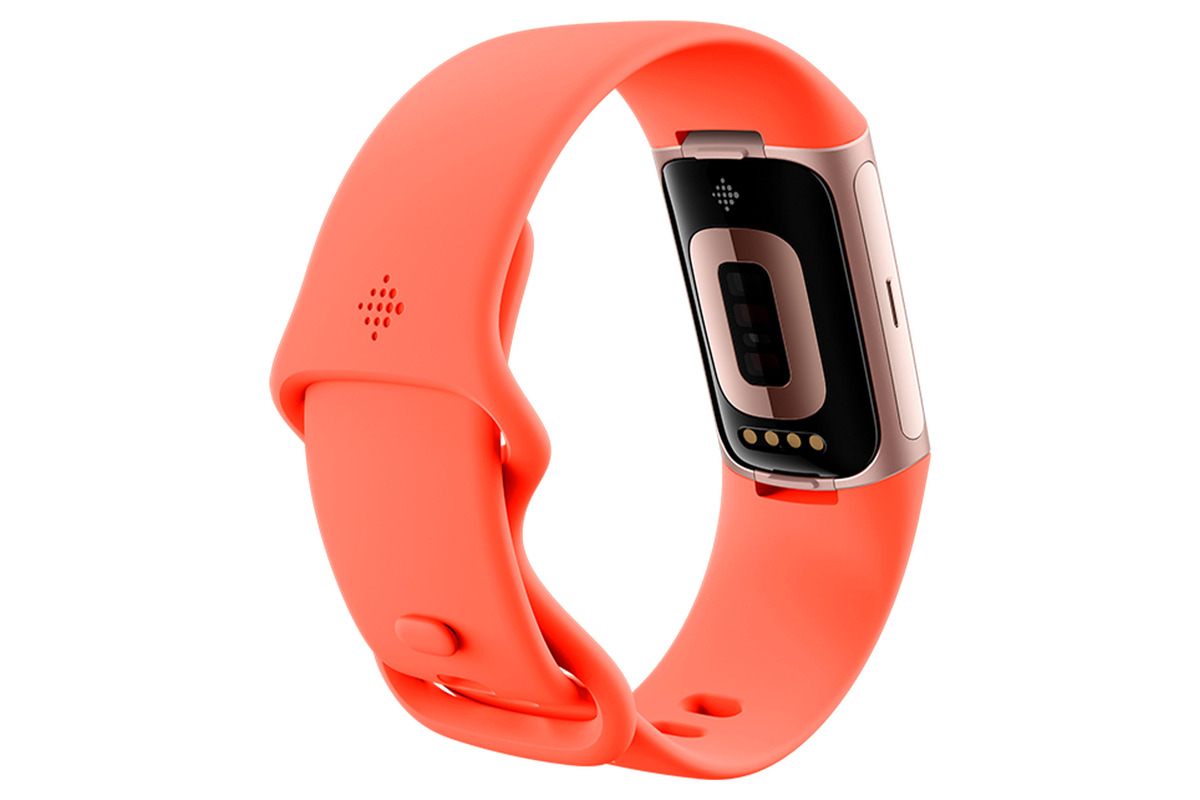
Fitbit is a popular wearable device that helps individuals track their fitness journey by monitoring various health and activity metrics. One common question that Fitbit users often have is, “How often do you have to charge a Fitbit?” The answer to this question can vary depending on the specific Fitbit model and usage patterns. In this article, we will explore the charging needs of different Fitbit devices and provide you with some general guidelines to ensure that you get the most out of your Fitbit without running out of battery power. So, if you’re curious about the charging frequency of your Fitbit and want tips on how to optimize your device’s battery life, keep reading!
Inside This Article
How Often Do You Have To Charge A Fitbit
Fitbit has become a popular brand of fitness trackers, known for its sleek design and advanced features. One common question that users have is, “How often do you have to charge a Fitbit?” The answer to this question depends on several factors, including the specific Fitbit model you have and how you use it.
Fitbit devices come with different battery capacities, which can affect how often you need to charge them. On average, most Fitbit models need to be charged every 5 to 7 days. However, this can vary depending on your usage patterns.
The battery life of Fitbit devices can be influenced by several factors. One major factor is the number of features you use. Fitbit devices offer a range of features, including heart rate monitoring, sleep tracking, and GPS. Using these features extensively can drain the battery faster.
Another factor that affects the battery life is the intensity and duration of your workouts. If you engage in longer and more intense workouts, the battery might drain quicker. Additionally, using the Fitbit device’s display for extended periods, such as continuously tracking your heart rate or viewing notifications, can impact battery life.
To extend the battery life of your Fitbit, here are some helpful tips:
- Adjust the screen brightness: Lowering the screen brightness can significantly reduce power consumption and extend the battery life.
- Turn off unnecessary notifications: Limit the number of notifications you receive on your Fitbit device to conserve battery power.
- Disable continuous heart rate monitoring: If you don’t need real-time heart rate tracking, turning off continuous heart rate monitoring can help save battery life.
- Minimize app usage: Using certain apps on your Fitbit device, like music streaming or third-party apps, can consume more battery. Limiting their usage can help prolong battery life.
- Keep the firmware up to date: Fitbit regularly releases firmware updates that optimize power management. Ensure that your device is updated to the latest firmware version to benefit from these improvements.
Conclusion
Regularly charging your Fitbit is essential in order to keep it functioning at its best. The frequency of charging will depend on the specific Fitbit model you have and your usage patterns. It is recommended to charge your Fitbit every few days to ensure that you have enough battery life for tracking your activities and receiving notifications. However, some models may require more frequent charging, especially if they have additional features like GPS or music playback.
Remember to always follow the manufacturer’s guidelines for charging your Fitbit and use the provided charger or accessories. Keeping your Fitbit charged will not only ensure uninterrupted tracking and convenience but also extend the lifespan of its battery. So, don’t forget to plug in your Fitbit regularly and enjoy the full benefits of this amazing fitness tracker!
FAQs
-
How often do I have to charge my Fitbit?
The frequency of charging your Fitbit depends on the model you have. Most Fitbit devices require charging every 5-7 days. However, newer models like the Fitbit Versa and Fitbit Ionic can last up to 7 days on a single charge. It’s best to check the user manual or the Fitbit website for specific information about your device’s battery life. -
Can I charge my Fitbit overnight?
Yes, it is safe to charge your Fitbit overnight. All Fitbit devices are equipped with overcharging protection, which ensures that the battery does not suffer any damage when left connected to the charger for an extended period of time. However, keep in mind that it’s advisable to avoid charging your Fitbit for an excessively long time to optimize battery health. -
How long does it take to fully charge a Fitbit?
The charging time for Fitbit devices can vary depending on the model and the charger used. On average, it takes around 1-2 hours for a Fitbit to fully charge. However, some models may take longer. To ensure the fastest and most efficient charging, it’s recommended to use the charger provided by Fitbit or a certified third-party charger that is compatible with your device. -
What should I do if my Fitbit does not charge?
If your Fitbit is not charging, there are a few troubleshooting steps you can try:- Make sure the charging cable is securely connected to both your Fitbit and the power source.
- Ensure that the USB port or power adapter you are using is functioning properly.
- Check if the charging contacts on your Fitbit and the cable are clean and free from debris.
- If none of these steps resolve the issue, contact Fitbit customer support for further assistance.
-
Can I use a different charger to charge my Fitbit?
While it’s possible to use a different charger to charge your Fitbit, it’s recommended to use the charger provided by Fitbit or a certified third-party charger that is compatible with your device. Using an incompatible charger can potentially damage your Fitbit or result in slower charging. If you need to use a different charger, ensure that it meets the voltage and amperage requirements specified for your Fitbit device.
